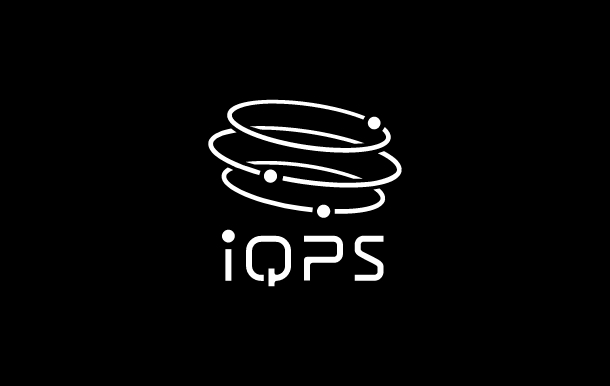World smallest SAR system for less than 150kg satellite which was developed and supplied by iQPS Inc. was press released by Chiba University Professor Josaphat Laboratory (JMRSL)

Fukuoka, Japan – June 22, 2017 – On June 12, 2017, press release to Japanese media related to the establishment of research model of the first in the world Synthetic Aperture Radar (SAR*) model for less than 150 kg Microsatellite (Microsatellite SAR) was held at National University Corporation Chiba University by Professor Josaphat Laboratory (JMRSL).
*SAR (Synthetic Aperture Radar) is a radar system using microwaves for observation. It enables day-and-night and weather-independent observation.
<Articles about the press release (Japanese only)>
NHK
http://www3.nhk.or.jp/news/html/20170612/k10011015201000.html
Nikkei New Paper
http://www.nikkei.com/article/DGKKZO17579810S7A610C1L71000/
(These articles say this microsatellite SAR is developed solely by Chiba University. However, as explained below, what Chiba University has developed is the original synthetic aperture radar (SAR) sensor called Circularly Polarized Synthetic Aperture Radar (CP-SAR).)
With iQPS Inc. (Fukuoka, Japan) as a contractor, design of the whole SAR satellite and the development of the SAR antenna were made by iQPS Inc. The development and manufacturing of the Feeder (RF transmitter and receiver) were done by Micro Lab Co, Ltd. (Munakata, Japan) and the manufacturing of the SAR antenna was done by “Engine Space Engineering Team” (e-SET. Kurume, Japan) which is a group of local companies in Southern Fukuoka specialized in space engineering. As a SAR radar system for around 100kg satellite, this is the smallest system and also the world first accomplishment.
This microsatellite SAR radar model employs Professor Josaphat’s original synthetic aperture radar (SAR) sensor called Circularly Polarized Synthetic Aperture Radar (CP-SAR).This new CP-SAR expected to improve the observation accuracy of the earth surface compared to the original Linearly Polarized Synthetic Aperture Radar. CP-SAR enables high-resolution, day-and-night and weather-independent observation, and especially expected to contribute to disaster (earthquake, landslide, land subsidence, and etc.) prediction, disaster monitoring, and Earth system monitoring.
As the size of commercial SAR satellites are mainly over 1,000~2,000kg, SAR satellites was considered nearly impossible to make it compact such as around 100kg due to its necessity of a huge antenna and also a huge amount of electricity. iQPS Inc. developed an antenna without mechanically movable parts and deploys by using the elastic deformation of its material. As a result, iQPS Inc. realized a compact, light, but very large antenna which enables to overcome barriers of small SAR satellite.
iQPS Inc. is planned to establish a 36 satellites constellation which enables to observe a particular location everywhere in the world in around 10 minutes or enables to do every 10 minutes fixed-area observation. By combining with AI such as deep learning and machine learning with these accumulated observation data, iQPS Inc. would like to contribute to the optimization of “agriculture”, “marine/fishery”, “infrastructure management”, and realization of “autonomous driving.”
iQPS Inc. is expected to launch its first less than 100kg 1m resolution SAR satellite by the end of fiscal year 2018.
